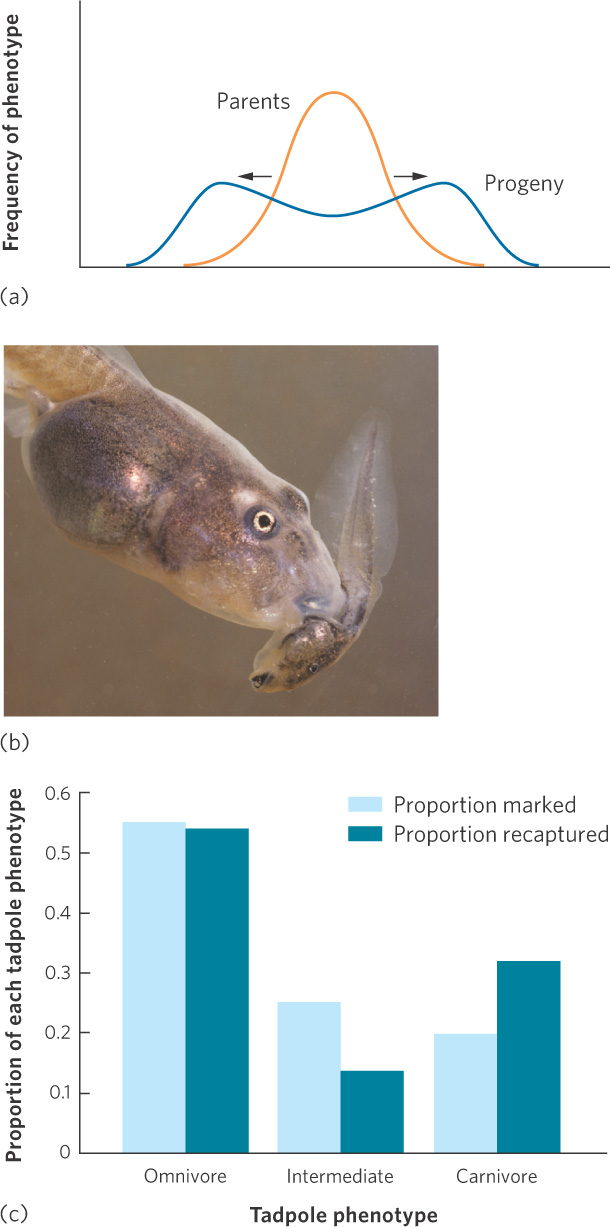
Figure 7.11 Disruptive selection. (a) Disruptive selection favors both extreme phenotypes and selects against intermediate phenotypes. (b) In the tadpoles of the spadefoot toad, an individual can have specialized mouthparts for carnivory and cannibalism (shown in this photo), omnivory, or an intermediate phenotype. (c) When more than 500 tadpoles of each phenotype were marked and released, about 10 percent were recovered. Of those recovered, the omnivores and carnivores experienced relatively high survival while the intermediate phenotypes experienced lower survival.
Data from R. A. Martin and D. W. Pfennig, Disruptive selection in natural populations: The roles of ecological specialization and resource competition, American Naturalist 174 (2009): 268–281. Photo by Thomas Wiewandt/wildhorizons.com.